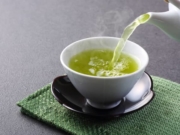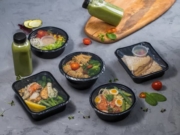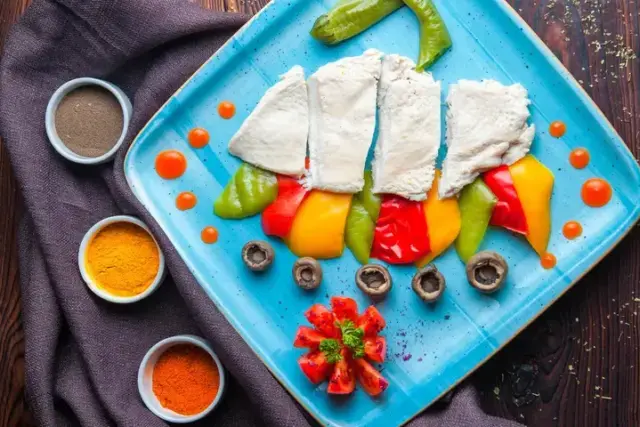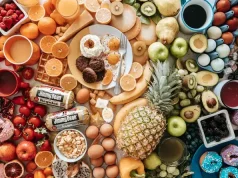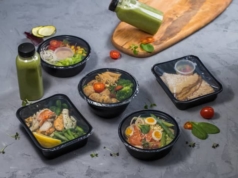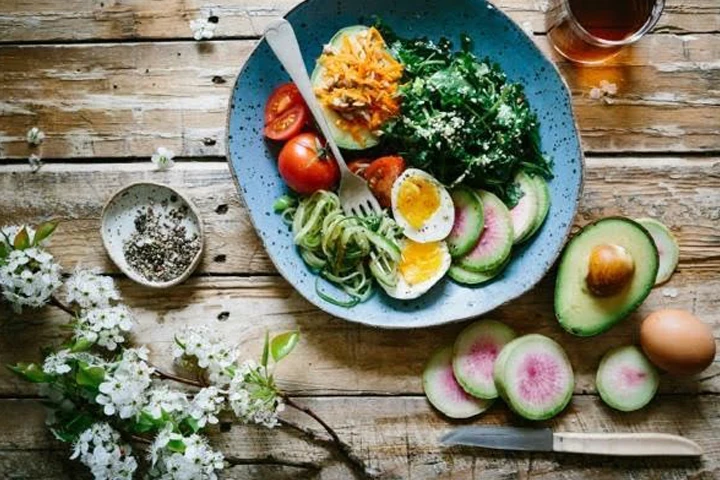Indian cuisine offers a vast landscape of protein-rich foods beyond paneer and chicken. From lentils and legumes to tofu, eggs, and millets, there’s no shortage of delicious and nutritious options. By exploring these alternatives, you can enjoy a diverse, balanced diet that supports your health without relying solely on common protein staples.
Protein is a vital nutrient that supports muscle repair, boosts immunity, and contributes to overall health. In Indian diets, paneer and chicken are common go-to sources of protein. However, there’s a rich variety of other foods in Indian cuisine that are protein-dense and just as beneficial. If you’re looking to diversify your plate or follow a vegetarian or alternative diet, these foods offer excellent options.
Lentils and Legumes
Lentils like moong dal, masoor dal, urad dal, and legumes such as rajma (kidney beans), chana (chickpeas), and lobia (black-eyed peas) are traditional Indian staples packed with protein. They’re not only versatile and flavorful but also form the base of many Indian meals. From dal tadka to chole and rajma chawal, these are everyday dishes that satisfy hunger and nutritional needs alike.
Tofu and Tempeh
Tofu and tempeh, though more commonly associated with East Asian cuisine, have made a solid place in Indian vegetarian diets. Made from soybeans, these plant-based products are protein-rich and adaptable. They can be cooked in spicy curries, sautéed with vegetables, or even added to wraps and sandwiches as meat substitutes.
Sattu (Roasted Gram Flour)
Sattu, made from roasted chana, is widely consumed in states like Bihar and Uttar Pradesh. It’s traditionally mixed with water, salt, lemon, and spices to make a refreshing drink, but it can also be used as stuffing for parathas or added to laddoos. Its earthy taste and high protein content make it both a nutritious and energizing food.
Eggs
Though not suitable for strict vegetarians, eggs are an affordable, high-quality source of protein that are easy to cook and highly digestible. From boiled eggs and omelettes to egg curry and anda bhurji, there are countless Indian-style recipes that include eggs. They’re a staple for many due to their quick prep time and versatility.
Curd and Greek Yogurt
Curd, especially when strained into hung curd or Greek yogurt, becomes a thicker, creamier, and more protein-rich form of dairy. It can be eaten plain, sweetened, or salted, and also used in raitas, marinades, or even as a base for dips. Fermented dairy like curd also supports gut health, adding another layer of benefit.
Nuts and Seeds
Almonds, peanuts, flaxseeds, chia seeds, and sunflower seeds all offer plant-based protein along with healthy fats. These can be eaten as snacks, ground into chutneys, added to smoothies, or sprinkled on top of meals. Their crunch and flavor make them a satisfying and nutrient-dense addition to the diet.
Millets and Whole Grains
Millets such as ragi, bajra, and jowar are ancient grains that are naturally rich in protein. They are used in traditional rotis, porridge, and even dosa batters. Whole grains like quinoa, though newer to Indian kitchens, also offer good protein and adapt well to Indian spices and vegetables.
Mushrooms
Often overlooked, mushrooms are a delicious and meaty plant-based food. They absorb flavors well and can be cooked into gravies, stir-fries, or biryanis. While not extremely high in protein, they do contribute meaningfully when combined with other protein sources.












